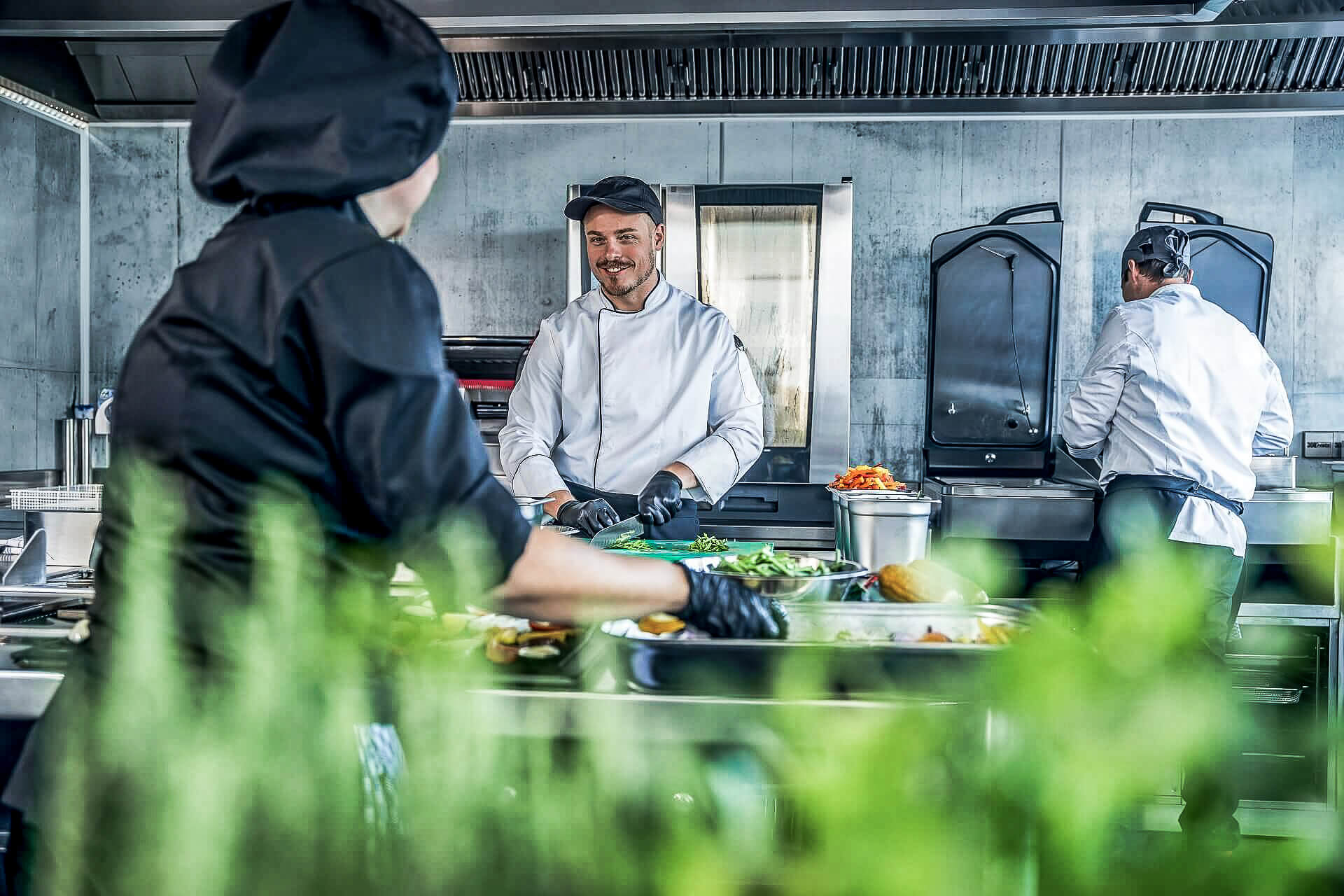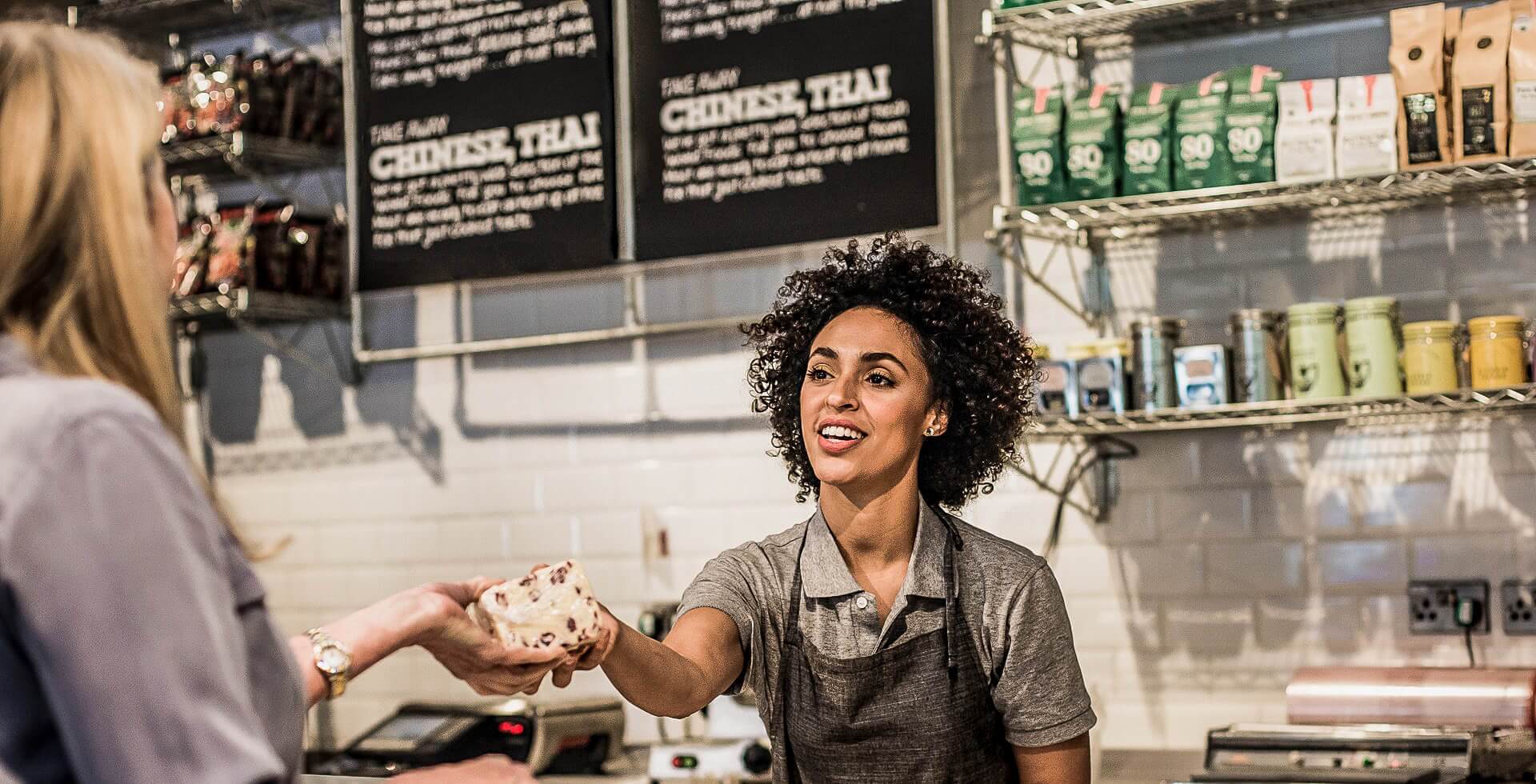How businesses in the high-end gastronomy sector are structured is often very different. At Enoteca Maria in New York, for example, grandmothers are the chefs, and only grandmothers. The Steirereck in Vienna, on the other hand, doesn’t just have a standard wine sommelier, it also has one for cheese and one for bread. The diversity of award-winning cuisine (often in the truest sense of the word) is reflected both in the overall concept as well as the specific positions filled – or not filled. In any case, the result is kitchen hierarchy. But what is behind these various positions, their names and descriptions? Why is such an approach necessary and is there at least a common underlying logic to these disciplines?
Cold dishes, hot dishes, desserts. A restaurant kitchen actually has quite a clear chef hierarchy, doesn’t it? To answer this question, let’s take a closer look at this division and the related kitchen brigade system.
Cold cuisine
A greeting from the kitchen makes us all happy, but who exactly is it that says the first hello? What about all the little taste sensations that get us ready for the big one to come?
Garde Manger – Cold cuisine chef
Garde Manger is a French terms, as is often the case when it comes to fine cuisine. “Garde” means “guard” and “manger” simply means “to eat”. Indeed, that’s exactly what they are: the Garde Manger looks after the food and handles everything that doesn’t need to be cooked before serving. They prepare fish, seafood, shellfish, meat, poultry, game and wild poultry. Creations made with gelatine or pâtés also fall under their remit, as do salads and cold platters. This role can be summed up in an old German term: Kaltmamsell. This combines the German word “kalt” (cold) and “Mamsell,” which is shortened version of the French word Mademoiselle. However, this term is no longer used in restaurants.
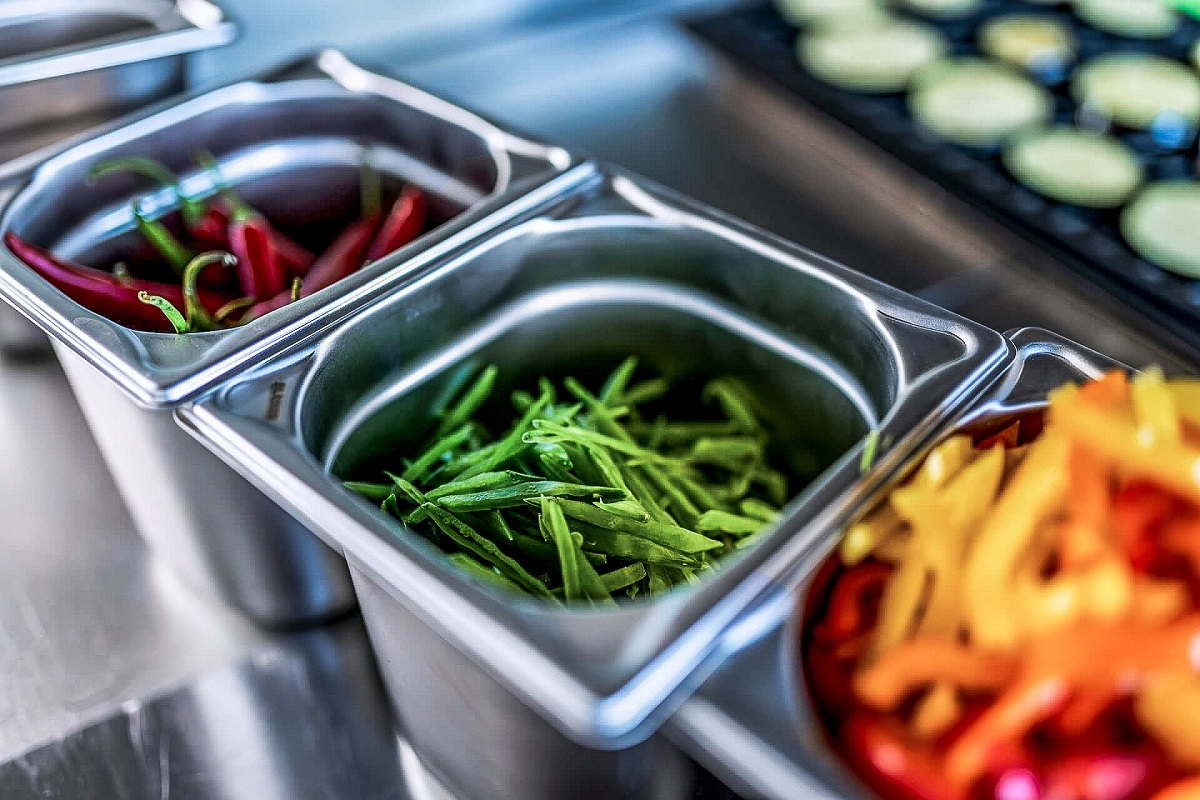
Image: Showküche Günther
Hors d’œuvrier – Starters chef
Time to move on to the next French term: Hors d’œuvre. Hors d’œuvre means starter, and this is the terrain of the starter chef. As the name suggests, they deal with everything that has to do with starters. Cocktails, cold sauces and marinades, salads – appetizers that make you hungry for more. The Hors d’œuvrier supports the Garde Manger in big and exceptional kitchens, because – you guessed it – their tasks usually fall within the Garde Manger’s sphere of responsibility anyway.
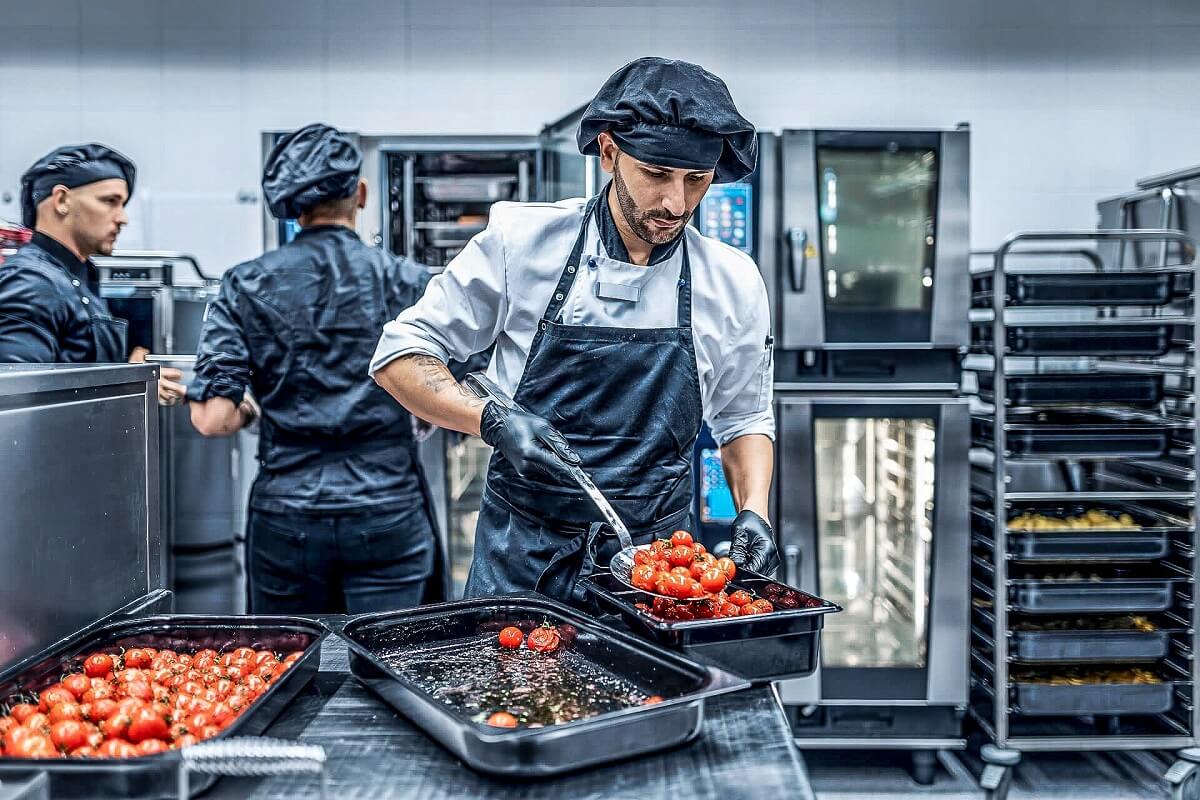
Image: Showküche Günther
Warm cuisine
What would warm cuisine be without sauces and side dishes? Nothing, of course! This is why the Saucier and Entremetier call the shots here. However, you will find many more positions and specialists here.
Saucier – master of sauces
The sauce maker is the pro when it comes to making sauces, stocks and broths. Although they also handle meat and seafood in smaller kitchen,
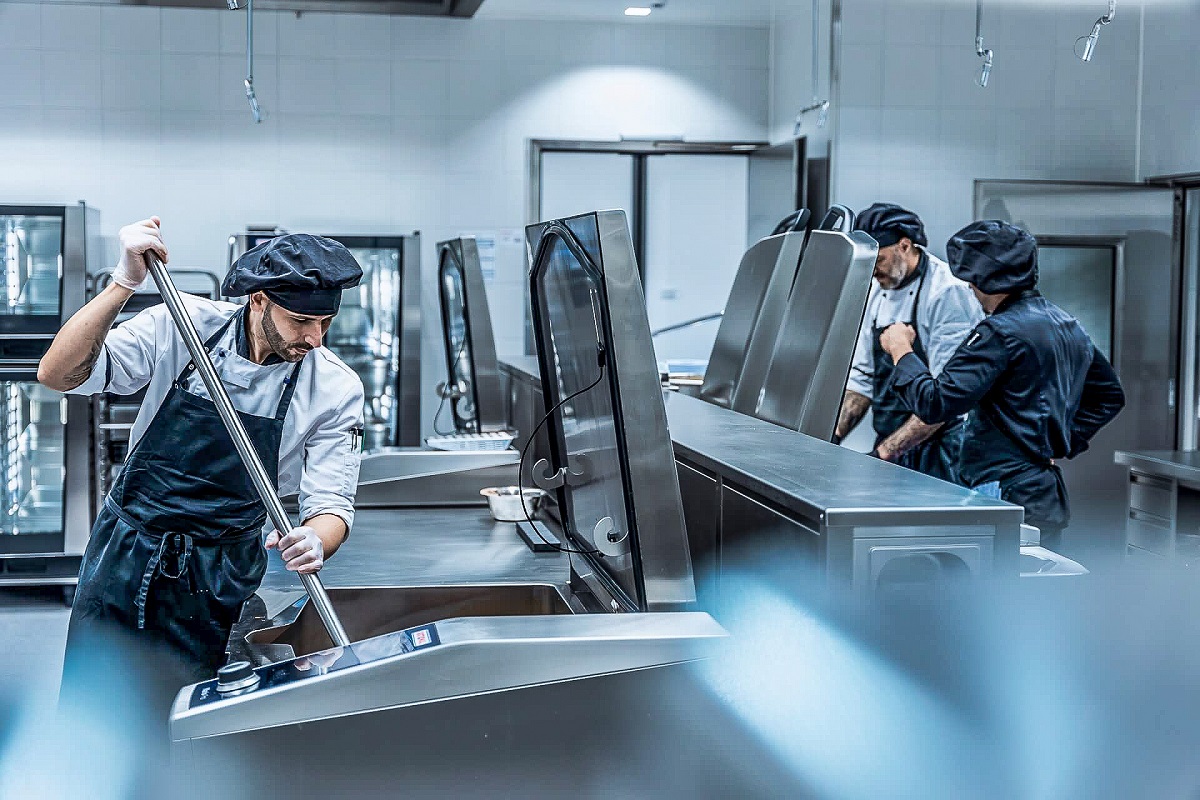
Image: Showküche Günther
Things usually look quite different in large kitchens. To work efficiently in this environment, you need a lot of chefs with special skills. Preparation techniques are the be-all and end-all in a kitchen. After all, it’s not just about cooking or roasting, but also about combining different flavors, textures and structures of food.
For example, in Ember in Berlin, cooking is done over an open fire – so obviously you need your own grill master and skewer chef. The Griller and Brocheur fill these positions. In Kodbyens Fiskebar in Copenhagen, on the other hand, everything revolves around fish, which calls for a Poissonnier. Needless to say, they are also experts when it comes to crustaceans, shellfish and molluscs.
Sieh dir diesen Beitrag auf Instagram an
Entremetier & Légumier
Please choose your side dishes! Vegetables, potatoes, rice, pasta, egg dishes – the Entremetier (side dish cook) conjures up the right side dish for each main dish. This position in the kitchen is absolutely on trend thanks to the increasing demand for vegetarian and vegan dishes. This is especially true for the Légumier, the vegetable cook. They are true vegetable experts. In most cases, however, the Entremetier takes on this task, given that they are responsible for all the side dishes anyway.

Image: Showküche Günther
Pastry kitchen hierarchy
To round things off, something sweet. Patisserie is also (you guessed it) a French term. “Patisser” means “to knead” or “to bake a cake”. This is a very important part of gastronomy – after all, the perfect meal ends with dessert, doesn’t it? It goes without saying that this also calls for a true pro.
Sieh dir diesen Beitrag auf Instagram an
Patissier
They play the absolute leading role in the dessert department. As a pastry chef, they are in charge of all desserts. Whether baked, cooked or topped with ice cream, their creativity knows no bounds. In large kitchens, the patissier is supported in precisely these areas. Then there is the baker, the Boulanger, the Confiseur, a dessert chef, and of course the expert for ice cream creations, the Glacier.
Brigade de Cuisine or kitchen hierarchy in detail
But what exactly does a ranking system in the kitchen entail? Now, to bring structure to all these positions, a functioning kitchen needs its hierarchy, the Brigade de Cuisine – or the “white brigade” thanks to the color of chef’s clothing.
Chef de Cuisine
The head chef, who is at the top of the kitchen hierarchy, oversees and manages the kitchen. The common thread that runs through the entire kitchen is in their hands. They plan the menu, are responsible for sourcing the ingredients and ensure that everything runs smoothly in their professional kitchen.
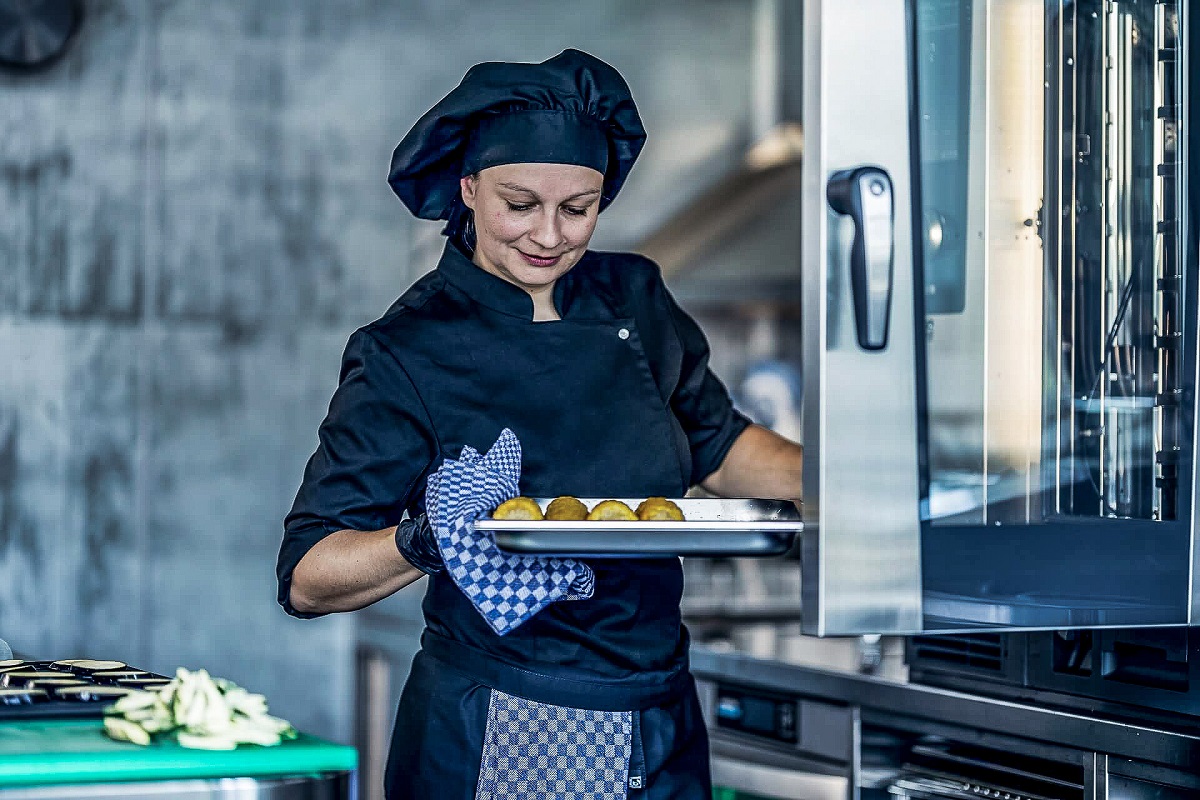
Image: Showküche Günther
Sous Chef
The “sub-chef”, as is the literal translation, stands at the chef’s side, acting as their right-hand man and deputy. If there are several sous chefs, a certain order must also be observed in terms of kitchen hierarchy. This role is followed by the Executive Sous Chef as the first substitute for the Sous Chef. Then comes the Junior Sous Chef, who is responsible for the next generation as well as vocational training. It is not uncommon for the Saucier to be appointed to the Sous Chef position because they have the most experience.
Chef de Partie
As a journeyman chef, the Chef de Partie manages a kitchen area and reports to the Chef de Cuisine, like everyone else. The more areas in a kitchen, the more Chefs de Partie you need. For example, there may be a Chef de Partie Garde Manger or a Chef de Partie Saucier. Thanks to their experience, the Chef de Partie has full control of every work step in their area. Their deputy is called Demi Chef de Partie. Another special role is played by the Chef de Partie Tournant, a Chef de Partie who has to be able to do everything and steps in wherever they are needed.
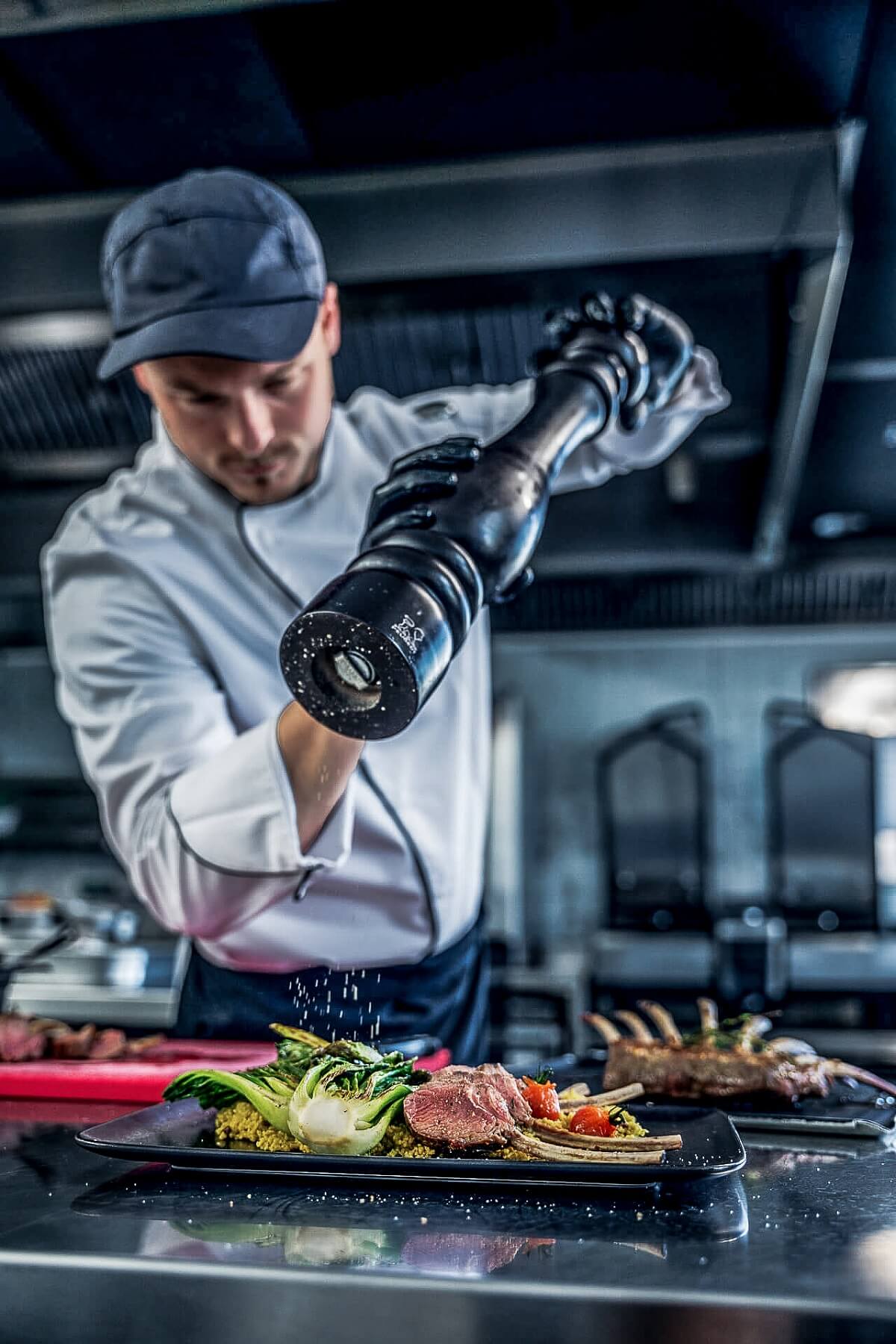
Image: Showküche Günther
Commis de Cuisine
In English, they would simply be “kitchen assistants”, but Commis de Cuisine sounds a lot more appealing and significant. That’s what young chefs in the kitchen are called. They have already successfully completed their vocational training and start their career as a chef with this position. The most popular goal? To someday become Chef de Cuisine, of course. Ideally with your own restaurant and as many Michelin awards as possible.
The basis of the kitchen brigade
The basis of this kitchen hierarchy is divided into four small positions. After all, a kitchen needs lots of helping hands to actively pitch in! The Coup de main, also called the assistant chef, is therefore indispensable – as are the kitchen apprentices, the Apprentis de la cuisine. Without the dishwashing department, the Plongeur, the kitchen would be an absolute mess! And because these helping positions also need all the help they can get, there are also the trainees in the kitchen, the Stagiaires.
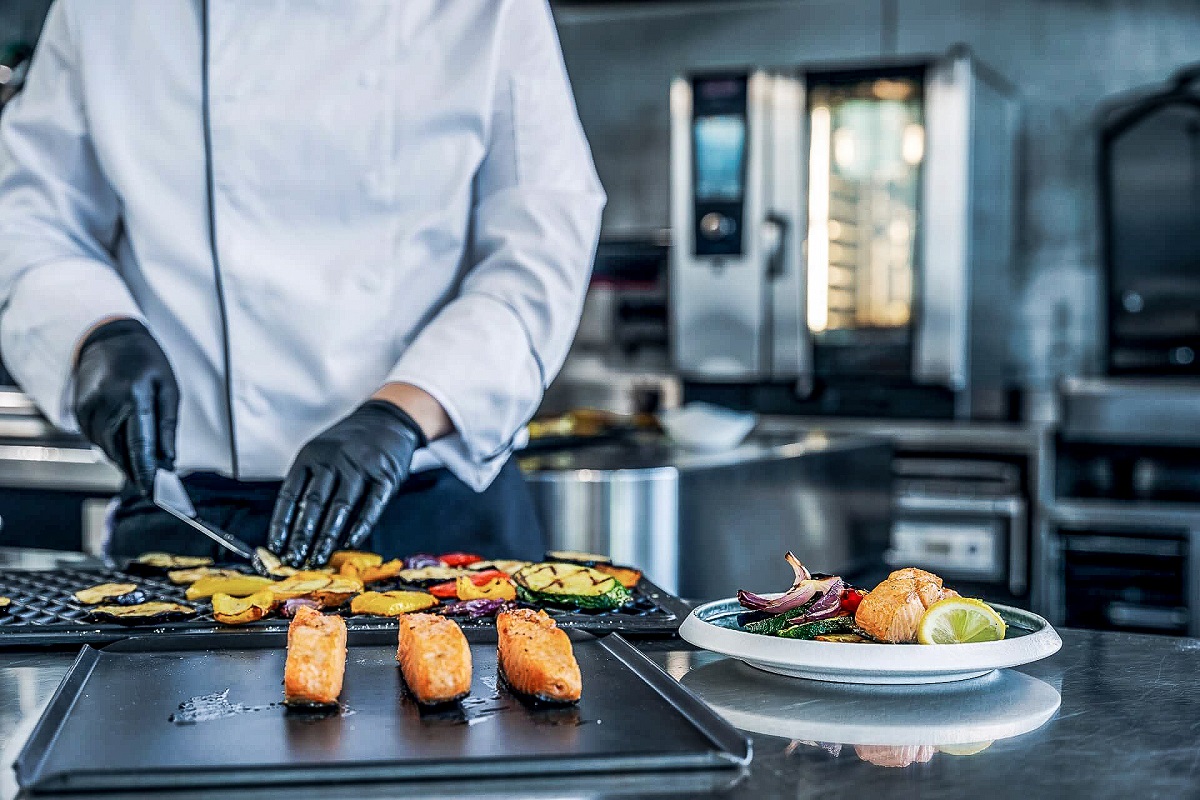
Image: Showküche Günther
The kitchen brigade doesn’t just organize all the positions, it is actually made up of them. Although some positions are very similar in their area of responsibility, you never have overlapping areas in the kitchen because everyone acts exactly according to their position. Since everyone knows who is being served and how, everything on the plate hopefully comes together perfectly in the end. Many hands work together to create something that appears to come from a single source, so that the guest is treated to a complete culinary experience.


